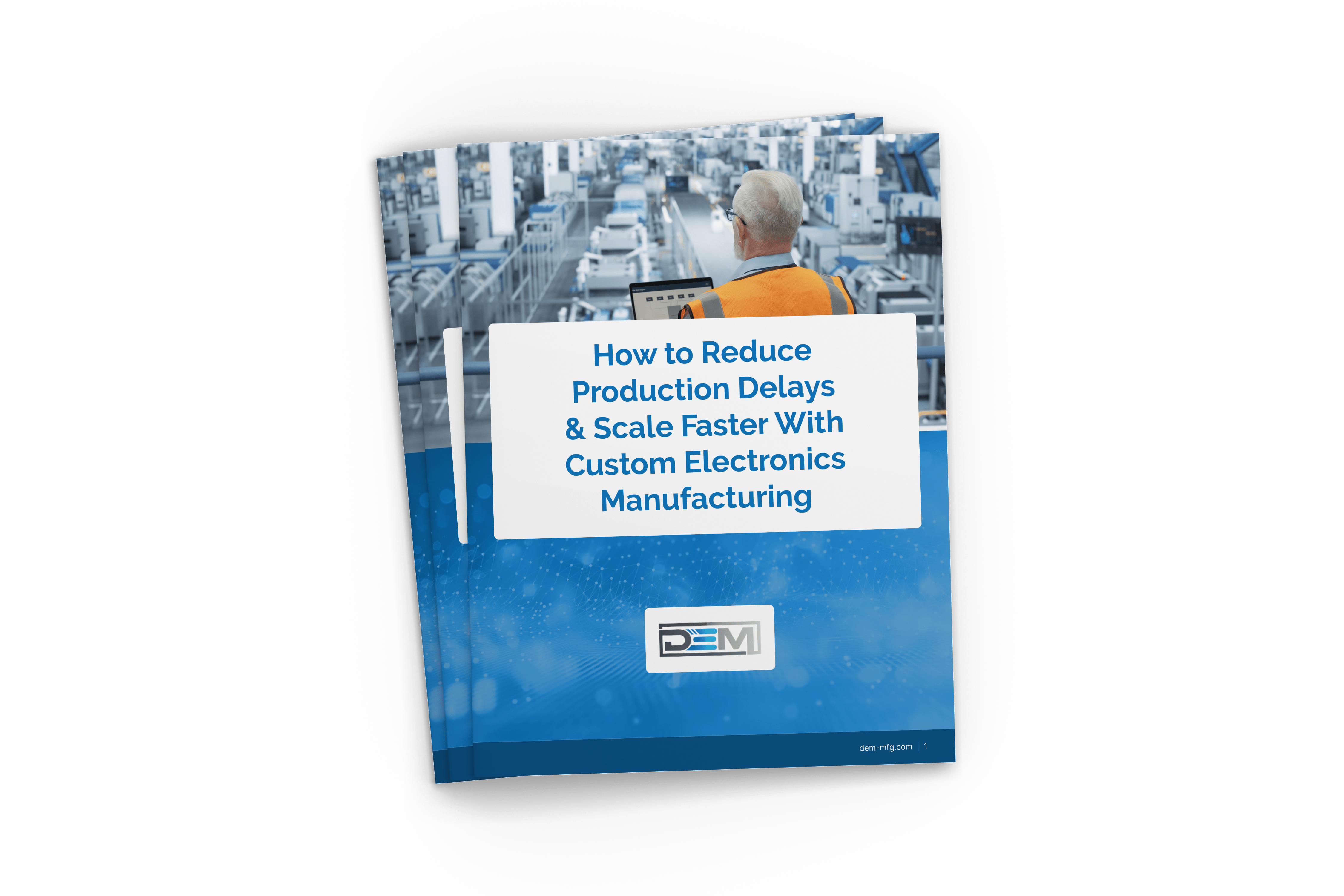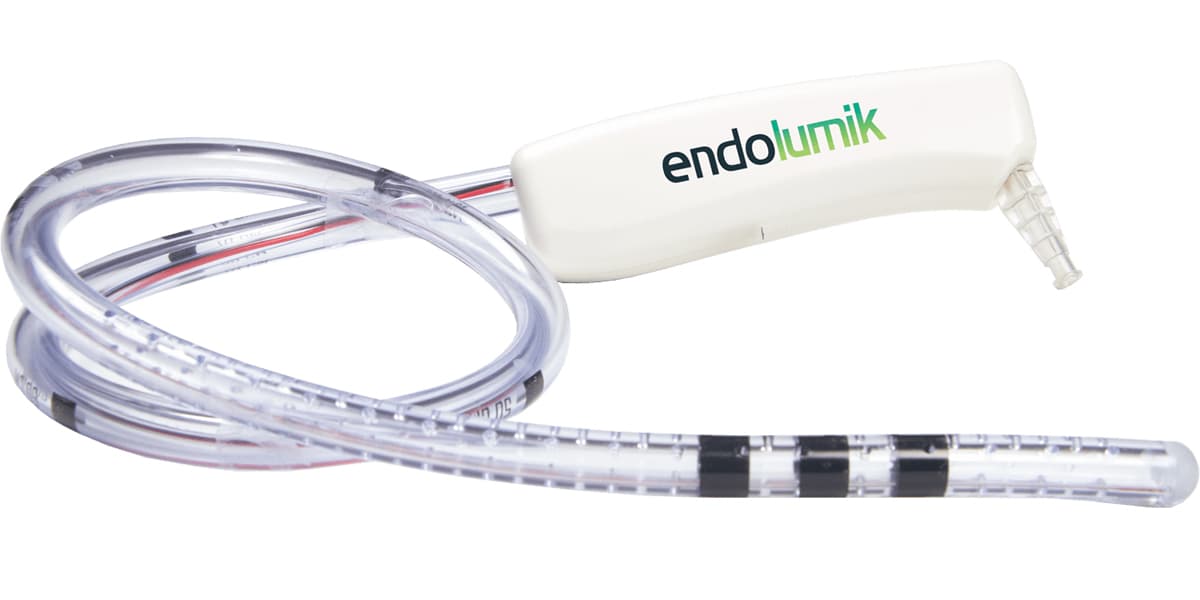Waiting Months for a Prototype Is Costing You More Than You Think
.jpg?width=800&height=400&name=unnamed%20(4).jpg)
When developing a new product, time is often the most underestimated cost. Long prototyping cycles don’t just delay your go-to-market timeline—they quietly erode your budget, impact profitability, and make it harder to compete. In this post, we’ll break down the true costs of waiting months for a prototype, from budget overruns to missed revenue and lost market opportunities. Then we’ll show you how a faster, more agile approach can turn development speed into a serious competitive edge.
The Hidden Costs of Slow Prototyping
When prototyping drags on for months, the costs pile up in more ways than one. Every additional week ties up engineering labor, repeats tooling and material expenses, and inflates overhead. What should be moving toward production ends up draining resources and stalling other projects.
The impact shows up across three key areas:
- Direct costs – Every extra week extends engineering labor beyond the original scope and adds repeat expenses for tooling and materials. Compliance documentation takes longer, overhead increases, and new initiatives are put on hold. The longer development drags on, the more budget is consumed without moving closer to production.
- Missed revenue – A stalled prototype means stalled sales. Production can’t begin, orders can’t be filled, and new customers can’t be signed. For startups and specialized products, these delays can also push back fundraising or leave early demand unmet—slowing growth before revenue even starts.
- Competitive setbacks – Without a working prototype, you miss out on early real-world feedback that helps refine functionality and usability. Meanwhile, competitors can move faster, improve their designs, and gain market share. In defense, medical, or other regulated industries, slow iteration can even mean missing compliance windows or being locked out of contract opportunities entirely.
The bottom line: longer prototyping cycles don’t just cost more—they risk your budget, your revenue, and your market position.
DEM Can Get You to Market In As Little As 10 Weeks
At DEM Manufacturing, we eliminate the long lead times and fragmented processes that slow companies down. Our vertically integrated, 100% U.S.-based operation is designed to move faster—without sacrificing quality or compliance.
By combining rapid prototyping and Design for Manufacturing (DFM) best practices, we help clients get from concept to production in as little as 10 weeks. And because our engineering, prototyping, and production teams work side-by-side, we’re built to support rapid iteration and continuous improvement.
Rapid Prototyping
Speed doesn’t happen by accident—it’s built into our process. With decades of experience designing and manufacturing rugged electronic components, our team understands the requirements needed to create strong, production-ready prototypes. That experience allows us to anticipate potential challenges early and build prototypes that perform reliably under real-world conditions.
Our process begins with advanced CAD modeling, which gives us the ability to design with precision, catch flaws before they reach the floor, and ensure manufacturability from the start.
From there—with in-house 3D printing, PCB assembly, and rapid tooling—our team can move from concept to working prototypes in days, not weeks. This allows us to quickly test functionality, refine designs, and give customers confidence before committing to full-scale production.
Vertically Integrated Structure & Cross-Functional Teams
At DEM, prototyping is only the beginning. Because our design, engineering, and manufacturing teams work under one roof, we can move seamlessly from prototype to first article production. That means no delays handing projects off to outside vendors or waiting for third-party feedback.
Our cross-functional approach keeps projects moving. Engineers collaborate directly with manufacturing and quality teams, ensuring every design is production-ready before it leaves development. When a change is needed, we can implement it immediately—without resetting the timeline.
Rapid Iteration
Bringing a product to full production isn’t the end of the process—it’s the beginning of continuous improvement. At DEM, our vertically integrated structure gives us the ability to take customer feedback and translate it into actionable design changes without slowing down production.
Again, since our teams work side by side, adjustments can be made quickly and seamlessly. Whether it’s fine-tuning a circuit design, modifying a housing for usability, or scaling output to meet growing demand, we can adapt in real time while keeping production on track.
This Process In Action
A real-world example of this process in action was with the medical-device startup Endolumik. The company needed to develop and refine a novel surgical tool on a tight timeline. Our responsive, in-house team helped them move quickly through multiple design iterations—without delays or slowing them down. The result: a compliant, validated device ready for production and real-world use.
Partner with DEM Today
Don’t let slow prototyping drain your budget, delay your revenue, or stall your product vision. Talk to an expert at DEM today to find out how fast your next innovation can reach the market.

Craig Padula
Craig Padula is the president of DEM Manufacturing, a fully integrated U.S.-based OEM specializing in the product development and manufacturing of a wide range of electronic and mechanical devices. DEM is constantly adding new innovative products to its portfolio in the areas of defense, aerospace, and medical. He leads DEM’s focus on growth, capability expansion, and new talent, helping customers reduce risk and get products to market faster. Craig holds a B.S. in Mechanical Engineering from the University of Dayton and resides in Auburn Township, Ohio, with his wife, Hollie, and two children, Nico and Rocco.

 By
By


